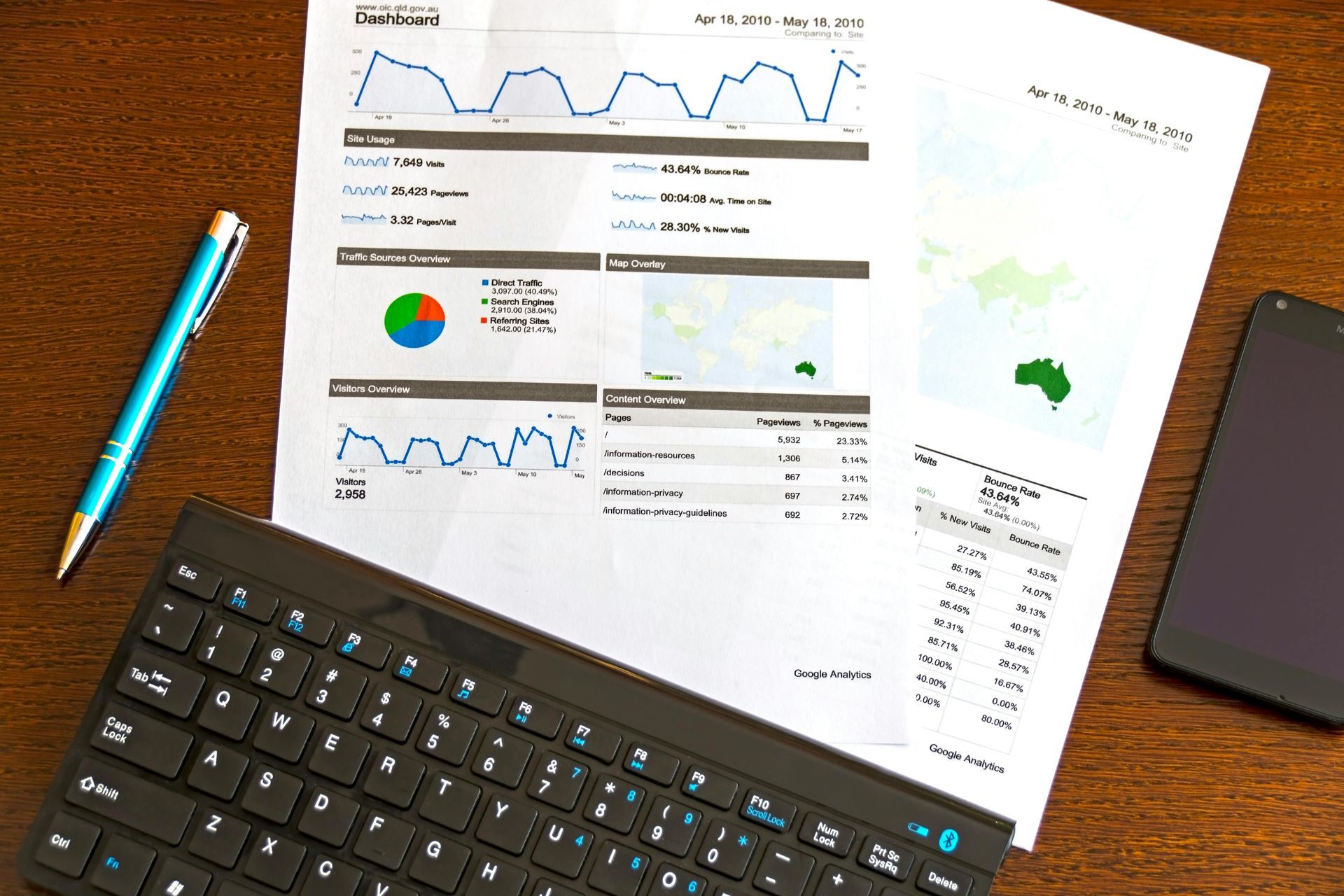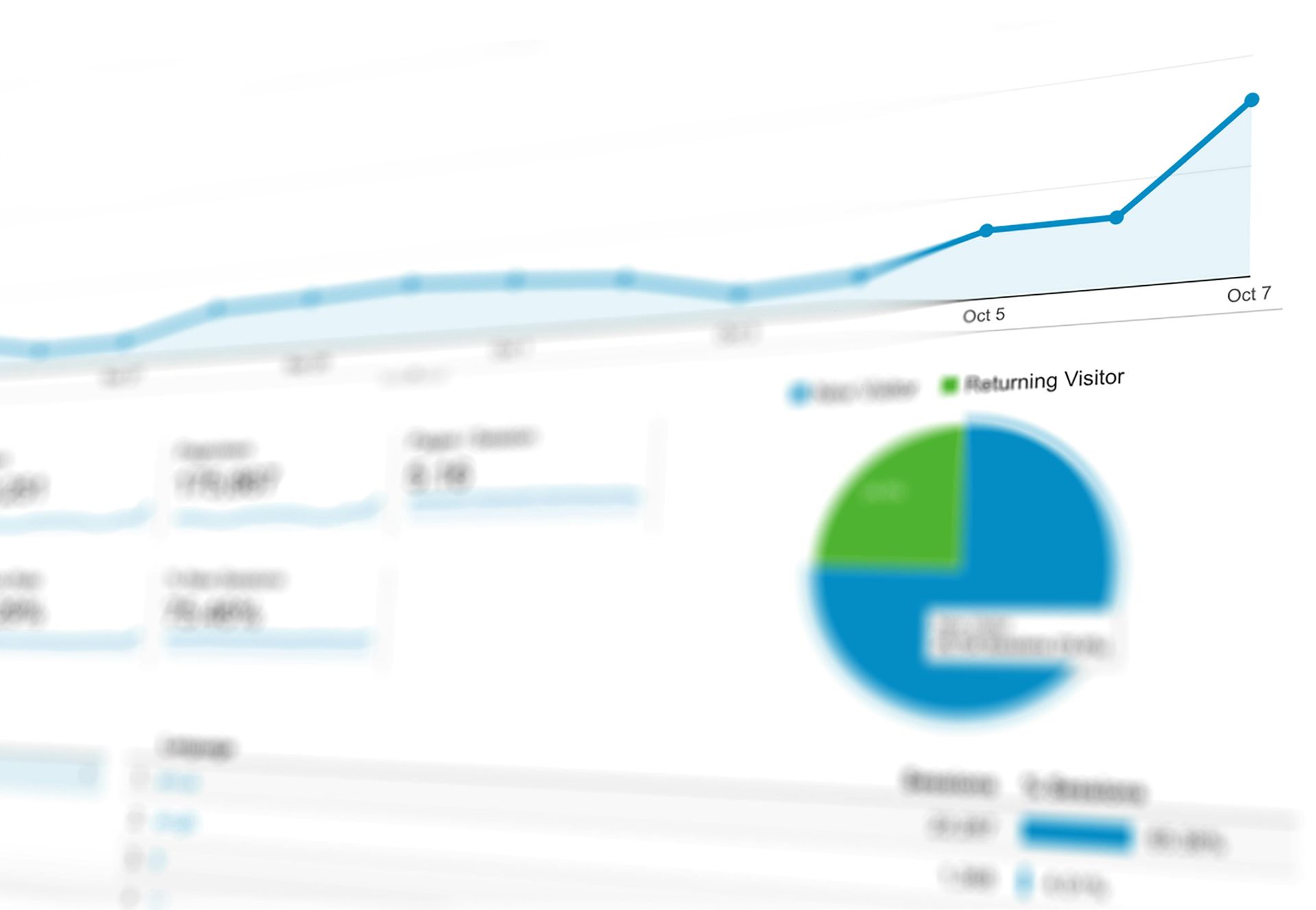The Power of Third-Party Analytics Reporting for Digital Marketers: Breaking Free from First-Party Limitations
In today's data-driven digital landscape, accurate and comprehensive analytics reporting is crucial for informed decision-making. As digital marketers, we rely heavily on data to understand audience behavior, measure campaign effectiveness, and allocate budgets effectively. While first-party reporting has its benefits, there are compelling reasons why incorporating third-party analytics platforms can elevate your marketing strategies to new heights. In this blog post, we will explore why digital marketers should embrace third-party analytics reporting to inform their budget allocation and platform diversification.
Unbiased and Objective Insights
First-party reporting provides valuable data directly from your own platforms, but it inherently suffers from a bias towards your brand's performance. Third-party analytics platforms, on the other hand, offer an unbiased view of the digital landscape by aggregating data from various sources. This broader perspective provides marketers with a more accurate understanding of market trends, competitor analysis, and industry benchmarks, enabling smarter budget allocation decisions based on real-time insights.
Cross-Platform Visibility
Digital marketing encompasses numerous platforms, channels, and touchpoints, making it challenging to consolidate data from disparate sources. First-party reporting typically focuses on a single platform, limiting the marketer's view to siloed data. By utilizing a third-party analytics reporting platform, you can consolidate data from multiple channels, such as social media, search engines, email marketing, and website analytics, into a single dashboard. This holistic view helps identify synergies and optimize budget allocation across various platforms, enabling a more comprehensive and effective marketing strategy.
Enhanced Data Accuracy and Reliability
While first-party reporting relies on the accuracy of your own tracking mechanisms, third-party analytics platforms are dedicated to collecting and analyzing data on a larger scale. They employ advanced tracking technologies and methodologies to ensure accurate and reliable data collection. Third-party platforms often have stringent quality control measures in place, minimizing data discrepancies, and providing marketers with a higher level of confidence in the insights they derive. This increased accuracy supports better decision-making and reduces the risk of misinterpreting data.
Deep Audience Insights
First-party reporting can provide valuable insights into your existing customer base, but it may lack the ability to offer comprehensive audience analysis. Third-party analytics platforms leverage data from multiple sources to provide a more detailed understanding of your target audience. They can segment users based on demographics, behaviors, interests, and other relevant parameters, allowing you to create highly targeted campaigns and personalize marketing efforts. These actionable audience insights help optimize budget allocation by reaching the right people on the most effective platforms.
Future-Proofing and Platform Diversification
In today's rapidly evolving digital landscape, platform diversification is essential to reach a broader audience and mitigate risks associated with over-reliance on a single platform. Third-party analytics platforms empower marketers to identify emerging trends, evaluate the performance of new platforms, and make data-driven decisions regarding platform diversification. By understanding which platforms drive the most conversions and engagement, marketers can allocate budgets strategically and ensure they remain ahead of the curve in a dynamic marketplace.











